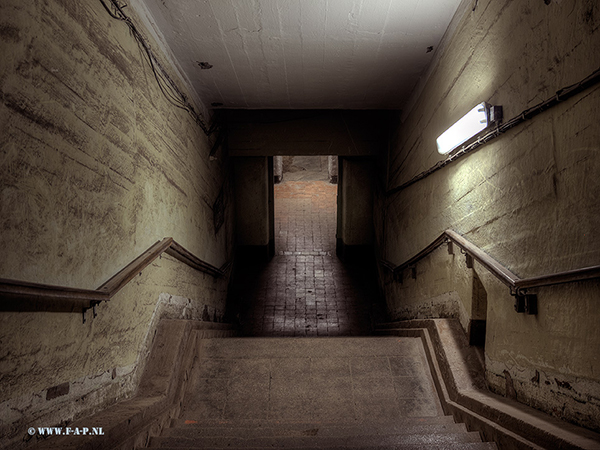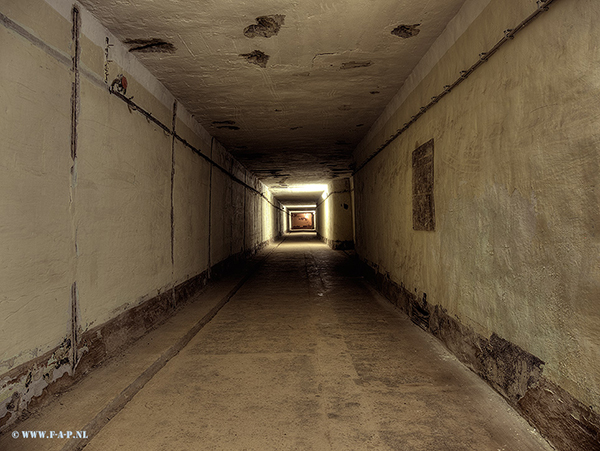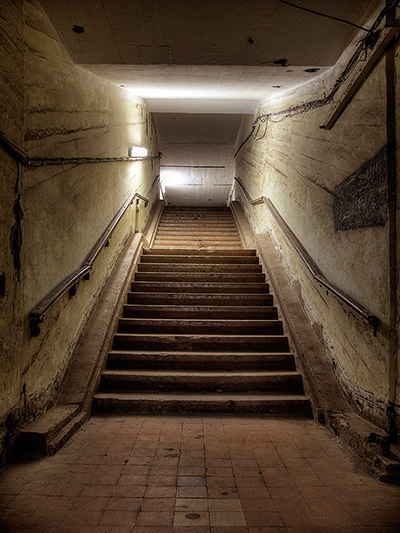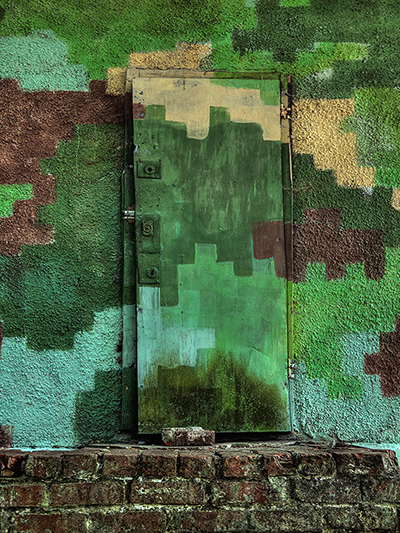|
Maybach I and II
Maybach I and II were a series of above and underground bunkers
built 20 kilometres south of Berlin in Wünsdorf near Zossen,
Brandenburg to house the High Command of the Army (in Maybach I) and
the Supreme Command of the Armed Forces (in Maybach II)
during the Second World War.
Along with the military fortress complex Zossen,
Maybach I and II were instrumental locations from which central
planning for field operations of the Wehrmacht took place,
and they provided a key connection between Berlin’s military and
civilian leadership to the front lines of battle.
The complex was named after the Maybach automobile engine.
Maybach I
A bunker designed to look from the air like local housing
Maybach I was built between 1937 and 1939 as the threat of war
loomed.
In December 1939, Maybach I was fully complete and operational.
The complex consisted of twelve three-storey buildings above ground
designed to look from the air like local housing,
and two floors of interlinked bunkers with two-foot thick walls
below. Deeper in the subterranean levels of Maybach I,
there were wells for drinking water and plumbing, air-filter systems
for protection against gas attacks,
and diesel engines to keep the system operational.[6] Later in the
Second World War,
the site was further camouflaged by the use of netting.
Maybach II
Maybach II, completed in 1940, was of the same design with eleven
surface buildings.
Incriminating evidence left by the conspirators of the 20 July plot
against Hitler was discovered at Maybach II
in a safe at Zossen.
Among the documents reportedly uncovered were excerpts from the
diary of Wilhelm Canaris, c
onspiratorial correspondence between Abwehr agents,
information on the secret negotiations between the Vatican and
members of the originally planned (1938) coup d’état,
data on the resistance activities of Lutheran minister Dietrich
Bonhoeffer,
and other incriminatory files concerning the military conspirators
The Zeppelin
The Zeppelin bunker was erected by the Reichspost on the orders of
the Oberkommando der Wehrmacht at the end of the 1930s.
The bunker was built between 1937 and 1939 in the area of the
so-called Stalag (German: Stammlager)
as a Signal Intelligece centre.
The code name for the bunker was Amt 500.
The structure consisted of a two-lane longitudinal building with
measurements of 117m × 22m with an associated three-storey annex
measuring 57m × 40m. After several project changes,
a third access was added in 1938, the so-called Reich Post Building
(German: Reichspostgebäude),
could be accessed by light trucks, directly above the extension with
a stairwell and a elevator.
A south tunnel (German: Südstollen) connected the bunker with
Maybach I and II to the south west.
Cold War Era
The two Maybach bunkers were largely destroyed by the Soviet Armed
Forces (abbr. GSSD) in late 1946,
according to the stipulations of the four-power agreement on the
occupation of Germany and an Allied Control Council order,
although some buildings survived, including the almost entirely
intact separate communications bunker Zeppelin.
The Zeppelin bunker later formed part of the Soviet Cold war era
installations in Wünsdorf under the name Ranet.
Further bunker installations were subsequently added to house the
central command and communications functions
of the Soviet army in the GDR. The bunker grounds were demilitarised
following the closing of the army base in 1994,
when the last Russian troops left Germany.
|




